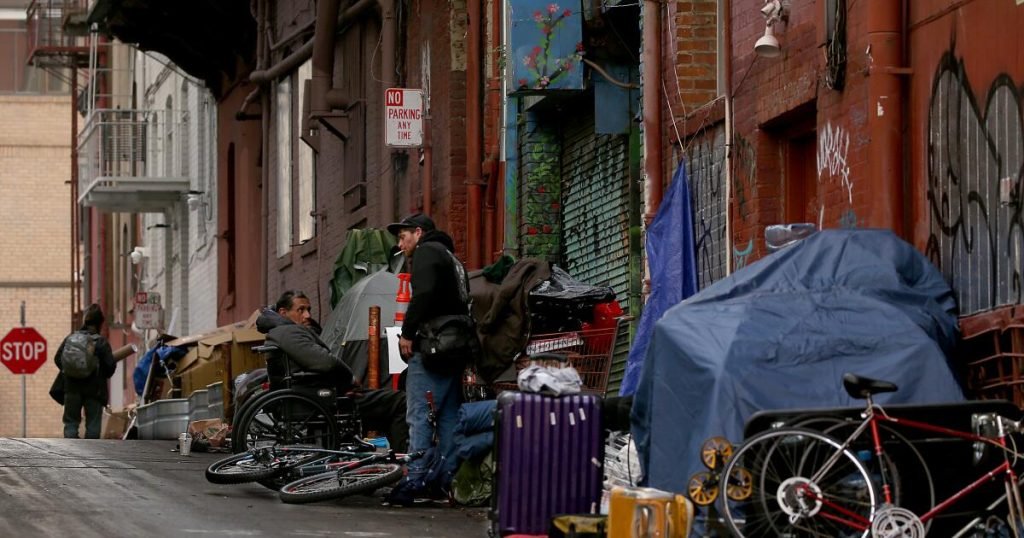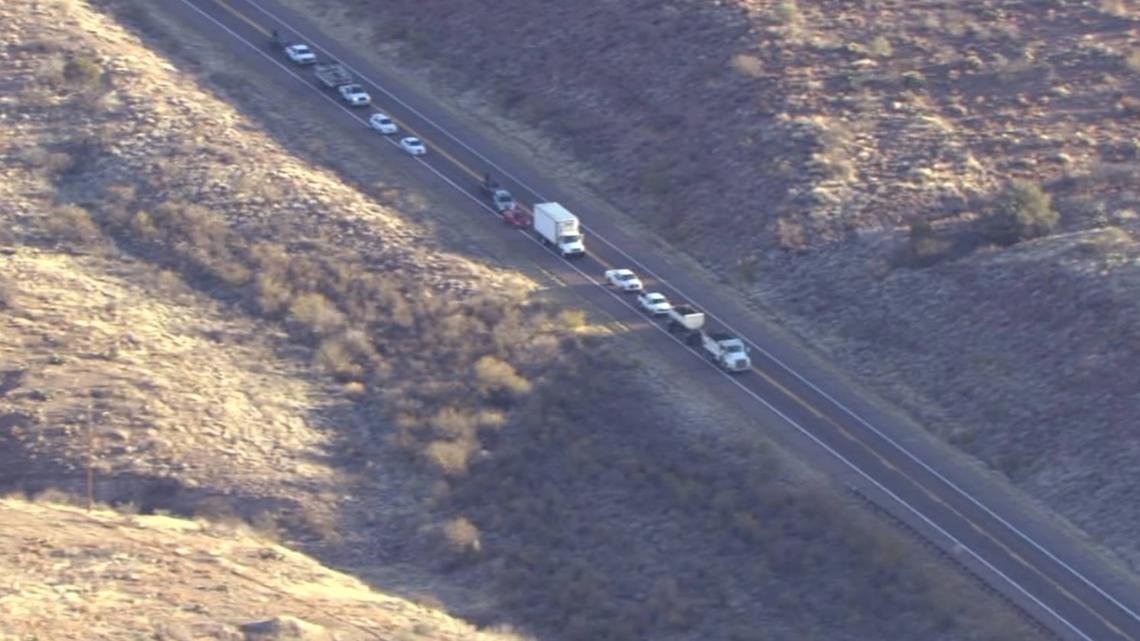Gov. Gavin Newsom's “Treatment, Not Tents” ballot measure will have only a marginal impact on homelessness. But this remains the largest attempt yet by California's governor to address the growing problem.
March 5th Primary Election Ballot Proposal 1 Essentially, it would shift current mental health funding to prioritize treatment for homeless people with conditions such as: Mental illness or drug or alcohol addiction. It would also approve the sale of $6.38 billion in bonds to build mental health treatment facilities and housing for homeless people undergoing treatment.
Kudos to Newsom for eagerly stepping into this mess and trying to fix it. Not that he had a choice.
He is the governor. He owns the problem. It is his duty to lead the effort towards a solution. And he tried. But under his watch, the homeless situation only worsens.
When Newsom took office in 2019, California's homeless population was 151,000; at last count, it was 181,000. This represents 28% of the homeless population in the United States.
Newsom has national political ambitions. Serving as governor of America's homeless capital will not be a good talking point in the 2028 presidential election. But there are also opportunities here. He will be able to show all of America how to control and even reduce homelessness.
But let's face the facts. The biggest dilemma in solving California's homelessness problem is the extraordinarily high cost of housing in this overpopulated state. The average home price in California is more than twice the national average. Last year, the median home price in California exceeded $800,000.
There is insufficient supply to meet high demand. Blame it on land costs, fraudulent permits, often legitimate environmental issues, protracted litigation, and NIMBYism (not in my backyard).
Low-income renters are in a particularly difficult situation, with many spending more than half their paychecks on housing. If they lose their jobs, they have no recourse other than family and friends' couches, old cars, and the street.
The governor and the Legislature have been chipping away at regulatory red tape that slows home construction and increases costs, but little progress has been made. Public policy changes don't happen overnight.
Mr. Newsom has talked well about homelessness, spent tens of billions of dollars, and taken some meaningful action even as the problem worsens.
Shortly after taking office as governor, the former San Francisco mayor lamented, “The homelessness epidemic is keeping each of us up at night.”
In February 2020, Newsom dedicated his entire State of the Union address to homelessness. That was unprecedented.
“The people are losing patience. You are losing patience,” he told lawmakers. “And I lost my patience. … I know homelessness can be solved. This is our mission.”
In Proposition 1, Newsom focuses on unsheltered people with mental illness and addiction issues, trying to bring as many people under his roof as possible. Probably not many.
In the state's official voter guide, the legislative analyst reports that 4,350 housing units would be built, with just over half of that going to veterans housing. A new treatment facility with capacity for 6,800 people will also be built. Mr. Newsom is touting the housing numbers higher, but I'll go with the unbiased analyst numbers.
“The number of housing units built with this bond would only marginally reduce homelessness across the state,” the analysts wrote.
However, if that number could be reduced even a little, it would be a huge improvement.
We need to remember the past.
Many of today's dilemmas stem from the fact that Governor Ronald Reagan and the Legislature closed the state's psychiatric hospitals 57 years ago. They turned over patient care to the county. However, very little money was provided for treatment. Many of the former patients self-medicated with drugs and alcohol and ended up on the streets.
This issue has been ignored by state and local governments for decades.
But Sacramento Democrat Darrell Steinberg focused on mental illness after he was elected to the state Legislature in the 1990s. In 2004, he successfully sponsored a ballot initiative Raised taxes by 1 percentage point on incomes over $1 million to raise money for local mental health treatment.
It was called the Mental Health Services Act, or informally the Millionaires' Tax. And that's exactly what Newsom is trying to fix, putting more emphasis on treating the mentally ill and those in the midst of an addiction crisis.
“We can't keep doing what we've been doing,” Newsom asserted.
Steinberg, who later became state Senate majority leader and is now mayor of Sacramento, supports the governor's proposed changes to the old concept.
“In 2004, I thought I had written the perfect law,” Steinberg says. “However, after 20 years, it is critical that these laws and initiatives be reviewed and updated.”
Taxes on millionaires currently collect about $3.5 billion annually. Virtually all the funds go to the county.
“The counties used the money well,” Steinberg said. “But they don't spend enough money on the sickest people. And those are the people living in squalor on the streets.”
Polls show Proposition 1 passing by a wide margin, and Newsom is expected to spend well over $10 million to ensure it passes. Opponents have only a few hundred dollars to make the case that the measure essentially deprives Peter of paying Paul.
They argue that many other mental health treatment programs would lose funding to pay for Newsom's priorities. And they're right.
Steinberg said other government funding could be leveraged for mental health treatment.
Newsom's proposal is not a panacea. But it's better than a Band-Aid. Treatment for those who need it most. And it's worth a try.
















